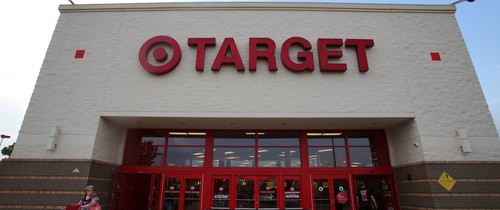Target provides a cautionary tale on the importance of supply chain data
Inconsistency in their supply chain data appears to be a big reason behind Target’s recent trouble with their Canadian supply chain. Instead of a slow rollout, the retailer underwent a rapid, coast-to-coast launch of 124 stores last year. This rapid roll-out along with poor supply chain data caused significant bottle-necks, empty shelves and disappointed customers.
Goods were coming into warehouses faster than they were going out, according to Reuters, partly because barcodes on some items didn’t match the data in the computer system of Target’s third party logistics contractor. Workers found errors with inventory levels, including one instance where there they found 12 shirts per box when the computer system said there should have been 24. The inconsistencies led to delays and impacted the inventory that arrived at Target retail outlets.
As a result, losses have already climbed past $1.4 billion about a year after its first Target stores opened in Canada.
These issues highlight the importance of ensuring clear and consistent data ownership and reporting practices at every point along the supply chain, particularly when moving into new or international markets.
Getting that consistency requires systems, people and processes to ensure visibility.
The recent 2014 MHI Annual Industry Report named supply chain analytics as a key strategic priority of supply chain professionals. The 2014 MHI Annual Industry Report can be downloaded at www.mhi.org.





